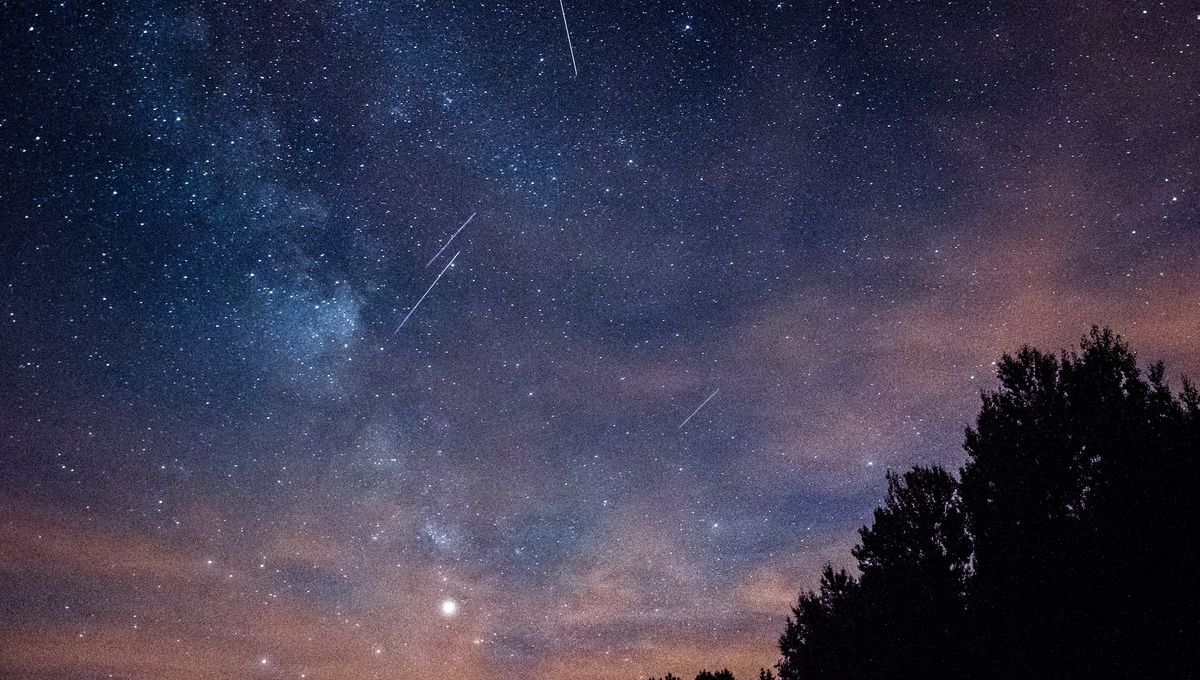
The Quadrantid meteor shower will peak this week and it’s set to be one of the strongest showers of 2024 with up to 120 shooting stars being visible each hour.
The Quadrantids are due to reach peak activity on the night of January 3 to 4, according to the American Meteor Society.
The Quadrantid meteor shower started on December 26, 2023, and will continue until January 16, 2024. For star-gazers in North America, the shower will be at its most active in the early hours of January 4.
The moon will be 51 percent full on this night, which may slightly interfere with the spectacle. Likewise, cloudy January weather often puts a dampening on this annual meteor shower.
However, the Quadrantids are widely considered to be one of the best annual meteor showers. As per NASA, you can expect to see approximately 120 meteors per hour during periods of peak activity. They’re also known for their bright fireball meteors that can persist longer than an average meteor streak.
To get the best view of the meteor shower, head outside in a dark place that’s far away from street lamps and other artificial lighting, including phone screens. You should be patient and go outside early to let your eyes acclimatize to the lower light conditions.
In case you can’t catch them in person, there will also be a live stream of the event broadcasted by the Virtual Telescope Project, which you can view in this link here.
Meteor showers occur when Earth passes through the debris left behind by a comet or asteroid. Tiny pieces of debris from these objects enter Earth’s atmosphere at approximately 41 kilometers (25.5 miles) per second for the Quadrantids. This intense amount of energy causes the debris to burn up when it smacks into Earth’s atmosphere, leaving behind a bright streak of light in the sky.
In the case of the Quadrantids, the parent object is 2003 EH1, a near-Earth object that’s either a rocky asteroid or a possible “rock comet”, aka a “dead comet”. This is essentially a once-icy comet that has expelled all of its ice and other volatiles. Discovered in 2003, its diameter measures just 3 kilometers (2 miles) or so.
There are plenty of other major meteor showers to look forward to in 2024. In mid-April, Earth’s skies will be graced by the Lyrids, followed by the Aquariids in early May.
Source Link: Quadrantid Meteor Shower Set To Produce 120 Shooting Stars An Hour This Week